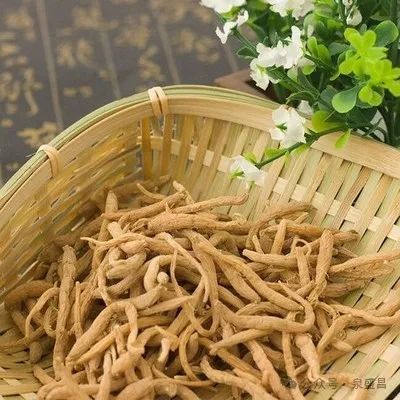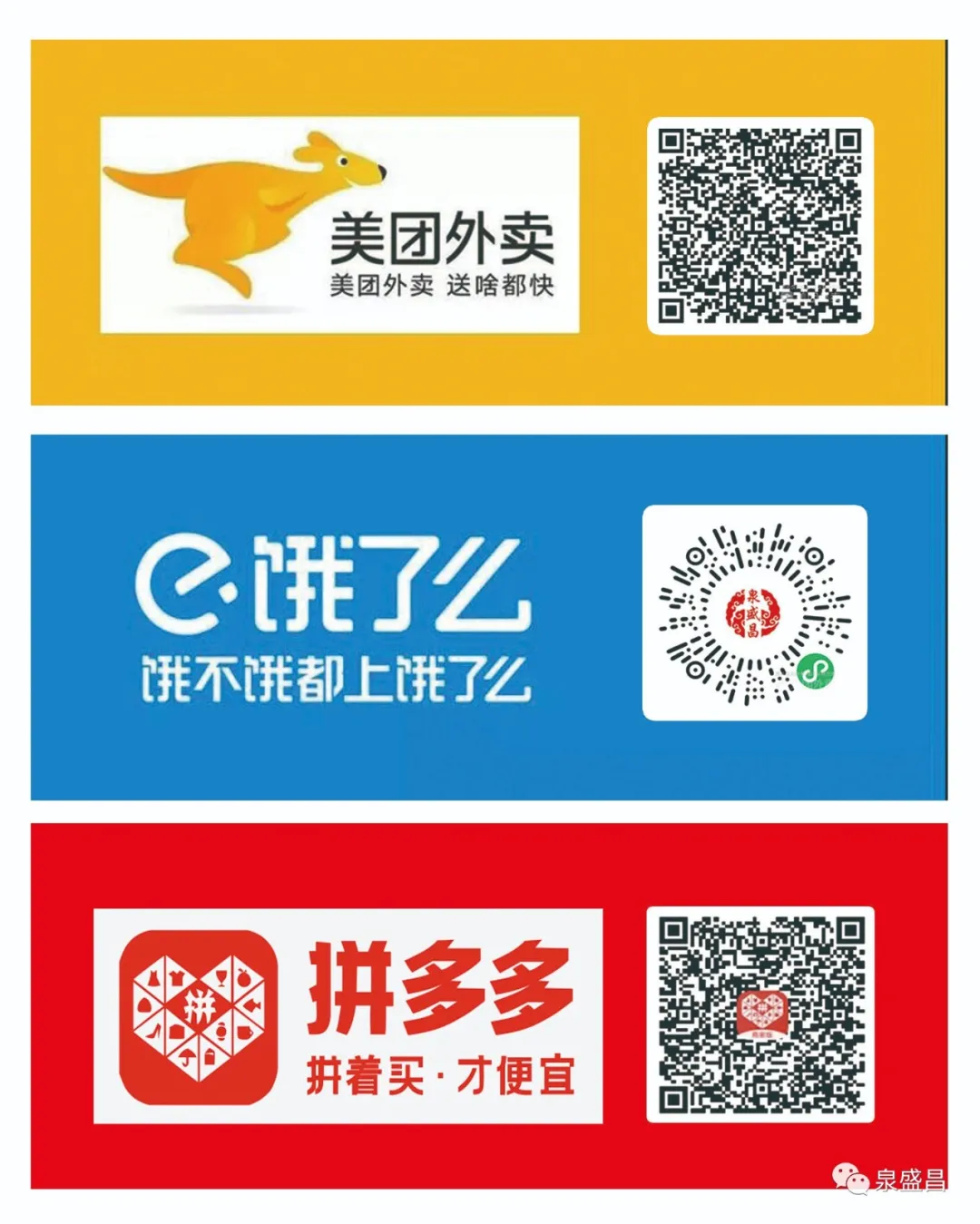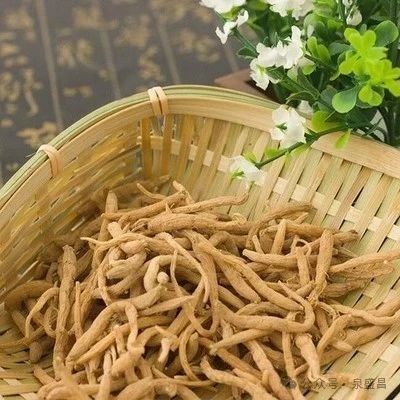Faced with the “ginseng family” of Ren Shen (Ginseng), Dang Shen (Codonopsis), Sha Shen (Glehnia), Tai Zi Shen (Pseudostellaria), and Xi Yang Shen (American Ginseng), how should one choose according to symptoms? TCM emphasizes “tonifying the deficient and draining the excess”; different constitutions and symptoms correspond to different ginseng solutions.
1. For severe Qi deficiency, choose Ren Shen, a great tonic for Yuan Qi that requires differentiation of constitution
Ren Shen is known as the “King of Qi Tonics”; it is slightly warm in nature and enters the Spleen and Lung meridians. It excels at greatly tonifying Yuan Qi, calming the spirit, and enhancing intelligence, especially suitable for critical conditions of Qi deficiency after major illness, and for cold extremities (such as post-operative weakness, chronic fatigue syndrome). Its characteristic features include “long root head and dense pearl spots”; high-quality Ren Shen is compact, with a cross-section that is yellow-white with chrysanthemum patterns. Note: It should be avoided in cases of excess heat constitution (such as dry mouth, constipation, red tongue with yellow coating) and should not be consumed with radishes to prevent counteracting its medicinal effects.
2. For both Qi and blood tonification, choose Dang Shen, affordable and versatile
Dang Shen is neutral in nature and sweet in flavor; it tonifies Qi while also nourishing blood, making it the first choice for those with Spleen and Stomach deficiency and dual deficiency of Qi and blood (such as pale complexion, poor appetite, and susceptibility to colds). In appearance, high-quality Dang Shen has a “lion’s head” (warty protrusions) at the root, and the cross-section is light yellow with cracks. Compared to Ren Shen, Dang Shen has a milder tonifying effect, making it suitable for daily soup preparations, especially when paired with Huang Qi (Astragalus) and Hong Zao (Red Dates) for better results. The best quality comes from Shanxi Lu Dang Shen; when purchasing, ensure it is dry without mold spots and tastes sweet without bitterness.
3. For Yin deficiency with excess heat, choose Xi Yang Shen, which clears heat and generates fluids without causing fire
Xi Yang Shen is cool in nature and excels at nourishing Yin and clearing heat, suitable for those with excess heat from staying up late, dry mouth, and fatigue (such as teachers and programmers). Its slices are light yellow with ring patterns and have a slightly bitter yet sweet aftertaste. Note: Those with Yang deficiency constitution (such as cold intolerance, cold extremities, and loose stools) should use it cautiously, and pregnant women should consume it under medical guidance. Classic pairing: Xi Yang Shen + Mai Dong (Ophiopogon) + Gou Qi Zi (Goji Berries) for nourishing Yin and moistening dryness without harming Yang.
4. For gentle Qi tonification, choose Tai Zi Shen, more friendly for the elderly and children
Tai Zi Shen is neutral and slightly sweet; although its tonifying power is weaker, it is gentle, especially suitable for those with both Qi and Yin deficiency who are prone to heat (such as children with spontaneous sweating, elderly patients recovering from illness, and those with chronic cough and little phlegm). It appears slender like Hai Er Shen (Child Ginseng), with a dense yellow-white cross-section. Recommended usage: Tai Zi Shen + Shan Yao (Chinese Yam) for porridge to improve picky eating in children; paired with figs for soup to moisten the lungs and stop cough.

5. For lung moistening and Yin nourishing, choose Sha Shen, distinguishing between northern and southern varieties
Sha Shen is divided into northern and southern types: Northern Sha Shen is white and slender, excels at clearing the lungs and nourishing Yin, suitable for dry cough without phlegm and dry throat (such as chronic pharyngitis); Southern Sha Shen is yellow and loose, can also resolve phlegm and tonify Qi, suitable for those with dual deficiency of Qi and Yin accompanied by cough with phlegm (such as during the relief period of chronic obstructive pulmonary disease). When selecting, choose those that are uniform in thickness, with a white powdery cross-section, and a crisp sound when broken; avoid damp or rotten ones. It can be used in salads or soups, serving both medicinal and culinary purposes.
[Symptom-Specific Mnemonics]
Prone to heat and excess fire: Xi Yang Shen > Tai Zi Shen > Sha Shen
Cold intolerance and severe Qi deficiency: Ren Shen (in small amounts) > Dang Shen
For children and the elderly: Tai Zi Shen > Dang Shen
Chronic cough with lung Yin deficiency: Bei Sha Shen > Nan Sha Shen
For those with dual deficiency of Qi and blood: Dang Shen + Dang Gui (Angelica) = golden combination

More surprises await you…

Warm Reminder
Disclaimer: Images, content, and fonts are selected from the internet, and copyright belongs to the original authors; if there is any infringement, please contact us for deletion. Thank you! The content of this public account is for communication reference only and should not be used as a basis for diagnosis and treatment; please read the instructions carefully or consult a professional physician before purchasing and using any medications.

